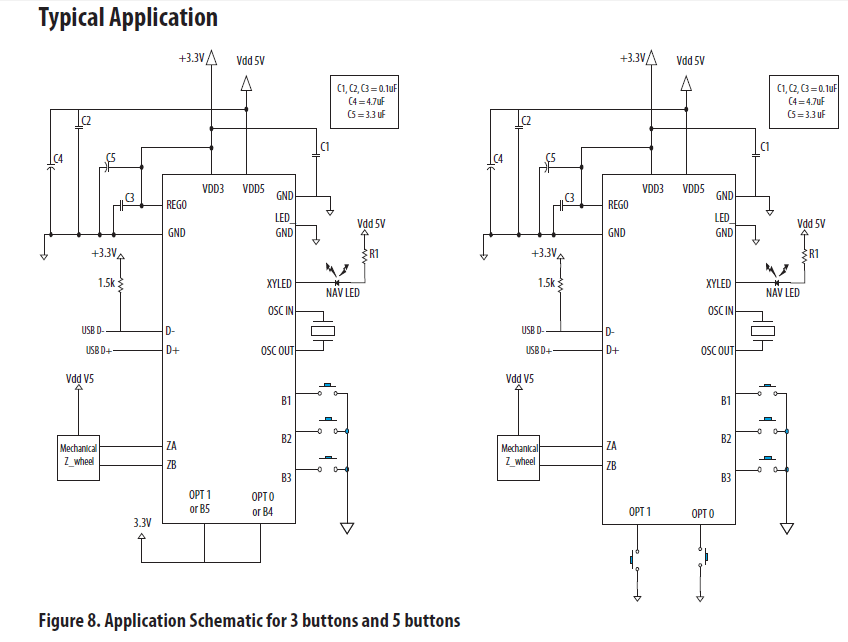
brakelight flasher pcb

This circuit is a modified flasher designed to control the on and off operation of a bulb instead of an LED. It employs a 555 timer integrated circuit (IC) configured as an astable multivibrator. The flashing frequency can be adjusted from very rapid intervals to a maximum of once every 1.5 seconds by altering the resistance of the preset variable resistor VR1.
The circuit operates using the 555 timer IC, which is widely recognized for its versatility in timing applications. In this configuration, the 555 timer is set up in astable mode, allowing it to continuously oscillate between high and low states, thus producing a square wave output. The output pin (pin 3) of the 555 timer is connected to a relay or transistor that controls the bulb. The relay or transistor acts as a switch, enabling the higher current required by the bulb to be managed safely without overloading the 555 timer.
The frequency of the oscillation is determined by the values of two resistors (R1 and R2) and a capacitor (C1) connected to the 555 timer. The formula for calculating the frequency (f) of the output is given by:
f = 1.44 / ((R1 + 2 * R2) * C1)
In this setup, VR1 serves as one of the resistors, allowing the user to adjust the resistance and, consequently, the flashing rate of the bulb. The capacitor C1 helps to set the timing intervals, and its value can also be adjusted to modify the duty cycle of the output signal.
The circuit can be powered by a standard DC power supply, ensuring that the voltage levels are appropriate for the 555 timer and the load (bulb) being used. Proper heat dissipation methods should be implemented for the relay or transistor to prevent overheating during operation.
In summary, this flasher circuit provides a practical solution for controlling a bulb's flashing rate, making it suitable for various applications, including decorative lighting, indicators, or alerts. The ability to adjust the flashing rate offers flexibility for different user requirements.This is basically a flasher circuit modified to turn on and off a bulb instead of a LED. It uses a 555 timer IC working as an astable multivibrator. The flashing rate can be varied from very fast to a maximum of once in 1. 5 sec by varying the preset VR1. 🔗 External reference
The circuit operates using the 555 timer IC, which is widely recognized for its versatility in timing applications. In this configuration, the 555 timer is set up in astable mode, allowing it to continuously oscillate between high and low states, thus producing a square wave output. The output pin (pin 3) of the 555 timer is connected to a relay or transistor that controls the bulb. The relay or transistor acts as a switch, enabling the higher current required by the bulb to be managed safely without overloading the 555 timer.
The frequency of the oscillation is determined by the values of two resistors (R1 and R2) and a capacitor (C1) connected to the 555 timer. The formula for calculating the frequency (f) of the output is given by:
f = 1.44 / ((R1 + 2 * R2) * C1)
In this setup, VR1 serves as one of the resistors, allowing the user to adjust the resistance and, consequently, the flashing rate of the bulb. The capacitor C1 helps to set the timing intervals, and its value can also be adjusted to modify the duty cycle of the output signal.
The circuit can be powered by a standard DC power supply, ensuring that the voltage levels are appropriate for the 555 timer and the load (bulb) being used. Proper heat dissipation methods should be implemented for the relay or transistor to prevent overheating during operation.
In summary, this flasher circuit provides a practical solution for controlling a bulb's flashing rate, making it suitable for various applications, including decorative lighting, indicators, or alerts. The ability to adjust the flashing rate offers flexibility for different user requirements.This is basically a flasher circuit modified to turn on and off a bulb instead of a LED. It uses a 555 timer IC working as an astable multivibrator. The flashing rate can be varied from very fast to a maximum of once in 1. 5 sec by varying the preset VR1. 🔗 External reference
Warning: include(partials/cookie-banner.php): Failed to open stream: Permission denied in /var/www/html/nextgr/view-circuit.php on line 713
Warning: include(): Failed opening 'partials/cookie-banner.php' for inclusion (include_path='.:/usr/share/php') in /var/www/html/nextgr/view-circuit.php on line 713





